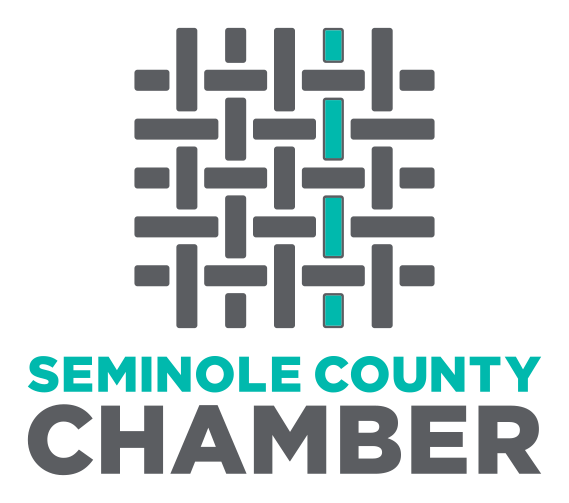When establishing or growing a business, one of the most important decisions you’ll make is how to structure your business for tax purposes. The right tax structure can significantly affect your overall tax liability, legal protections, and even your ability to attract investment. Understanding the different tax structures available and their advantages is crucial for business owners to make informed choices.
This article explores the various types of business tax structures, their advantages, and how each can impact your business operations and financial health, with a special focus on the S corporation as the best option for many entrepreneurs.
1. Sole Proprietorship: Simplicity with Risks
What is it?
A sole proprietorship is the simplest form of business structure. In this arrangement, the business and its owner are considered one entity for tax purposes.
Taxation:
The profits and losses of the business are reported on the owner’s personal tax return using Schedule C (Form 1040). The income is subject to self-employment taxes, including Social Security and Medicare.
Advantages:
- Simplicity: Minimal paperwork is required to set up a sole proprietorship, which reduces administrative burdens and costs.
- Full control: The owner retains complete control over business decisions and operations.
Disadvantages:
A significant downside is that the owner is personally liable for business debts and obligations. This means personal assets are at risk if the business faces legal issues or financial challenges. For this reason, it’s crucial to consider your options carefully and consult with a legal expert if you have questions about liability.
2. Partnership: Shared Responsibility but Shared Risks
What is it?
A partnership involves two or more individuals who share ownership of a business. Partnerships can be structured as general partnerships (GP), limited partnerships (LP), or limited liability partnerships (LLP).
Taxation:
Partnerships are also pass-through entities. The business itself doesn’t pay income taxes; instead, profits and losses “pass through” to the partners, who report them on their personal tax returns.
Advantages:
- Flexibility: Partnerships offer flexibility in profit sharing and decision-making based on the partnership agreement.
- Pooled resources: Partners can bring different skill sets, capital, and networks to the business.
Disadvantages:
Like sole proprietorships, partners are personally liable for the business’s debts, meaning personal assets could be at risk. Given these potential liabilities, consulting an attorney for advice tailored to your situation is wise.
3. Limited Liability Company (LLC): Flexibility and Protection
What is it?
An LLC is a hybrid business structure that combines the flexibility of a partnership with the liability protection of a corporation. It can have one or more owners, known as members.
Taxation:
By default, single-member LLCs are taxed as sole proprietorships, while multi-member LLCs are taxed as partnerships. However, LLCs can elect to be taxed as a C corporation or an S corporation, allowing owners to choose the best tax treatment for their situation.
Advantages:
- Limited liability protection: LLC members are not personally liable for the company’s debts or legal obligations, protecting personal assets in case of lawsuits or bankruptcy.
- Pass-through taxation: LLCs avoid double taxation unless they choose to be taxed as a C corporation.
- Flexible tax options: LLCs can opt to be taxed in the way that best suits their financial needs—either as a partnership, S corporation, or C corporation.
Disadvantages:
While LLCs provide liability protection and flexibility, they may have higher fees and administrative requirements than sole proprietorships or partnerships. Furthermore, while an LLC offers many benefits, it may not be as tax-efficient as an S corporation for some business owners.
4. C Corporation: Growth Potential with Tax Drawbacks
What is it?
A C corporation is a separate legal entity from its owners (shareholders). It’s the traditional form of a corporation and offers the most protection and formal structure.
Taxation:
C corporations are taxed separately from their owners. The business files its own tax return (Form 1120) and pays corporate income tax on its profits. This leads to double taxation, as dividends distributed to shareholders are also taxed on their personal returns.
Advantages:
- Limited liability: Shareholders are not personally liable for the corporation’s debts, providing maximum protection of personal assets.
- Growth potential: C corporations can issue stock to raise capital and attract investors, making them attractive to venture capitalists and other institutional investors.
Disadvantages:
The double taxation aspect can significantly increase the overall tax burden on business profits, making this structure less favorable for smaller businesses or those seeking to minimize tax liability.
5. S Corporation: The Optimal Choice for Many Businesses
What is it?
An S corporation is a special tax designation available to corporations and LLCs that meet certain requirements, including a limit of 100 shareholders and restrictions on shareholder types (they must be U.S. citizens or residents).
Taxation:
S corporations are pass-through entities, so profits and losses are passed on to shareholders and reported on their personal tax returns. Unlike partnerships or LLCs, however, S corporation shareholders only pay self-employment taxes on the salaries they receive, not on the company’s profits.
Advantages:
- Pass-through taxation: S corporations avoid the double taxation faced by C corporations.
- Lower self-employment taxes: Shareholders only pay self-employment taxes on their salaries, which can lead to significant tax savings.
- Liability protection: Like C corporations, S corporations protect owners from personal liability for the business’s debts and legal obligations.
Why Choose an S Corporation?
For many business owners, the S corporation offers the best balance of tax advantages and liability protection. It is particularly beneficial for small to medium-sized businesses that want to minimize their tax burden while safeguarding personal assets.
Choosing the Right Structure for Your Business
The right tax structure depends on several factors, including the size of your business, your income level, your tolerance for liability, and your growth aspirations. Here are some key questions to ask:
- How much control do I want over business decisions?
- Am I willing to take on personal liability for business debts?
- What are my long-term growth and funding goals?
- How can I minimize my tax liability while ensuring compliance?
Consulting with a tax professional or business advisor is crucial to ensure you choose the structure that aligns with your business goals and financial situation.
Conclusion
Understanding the advantages of different tax structures is vital for any business owner. While sole proprietorships and partnerships may offer simplicity, they come with risks that could jeopardize personal assets. LLCs provide flexibility and some liability protection but may not be as tax-efficient as S corporations. C corporations provide growth potential but carry the burden of double taxation.
For those who qualify, the S corporation stands out as the optimal choice, combining tax efficiency and limited liability.
If you have further questions or would like to discuss your options, please contact TaxLeaf at 407-212-7292 or via email at lakemary@taxleaf.com to schedule a free 30-minute consultation.
Tax Leaf
-
Rahil Noor
- September 30, 2024
- (407) 212-7292
- Send Email



